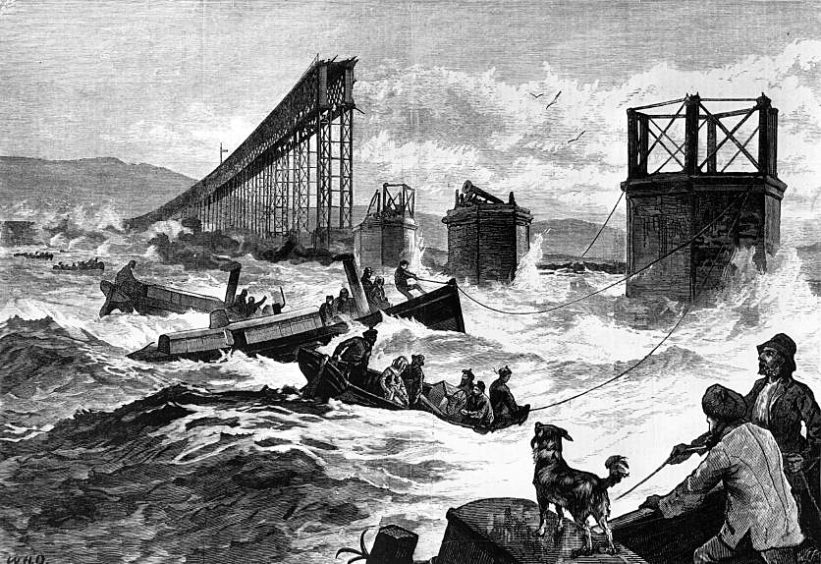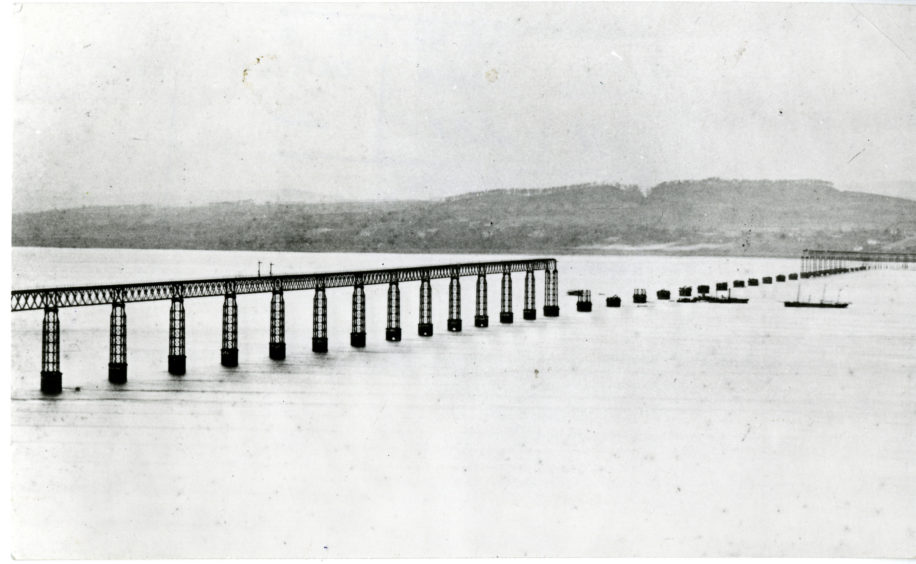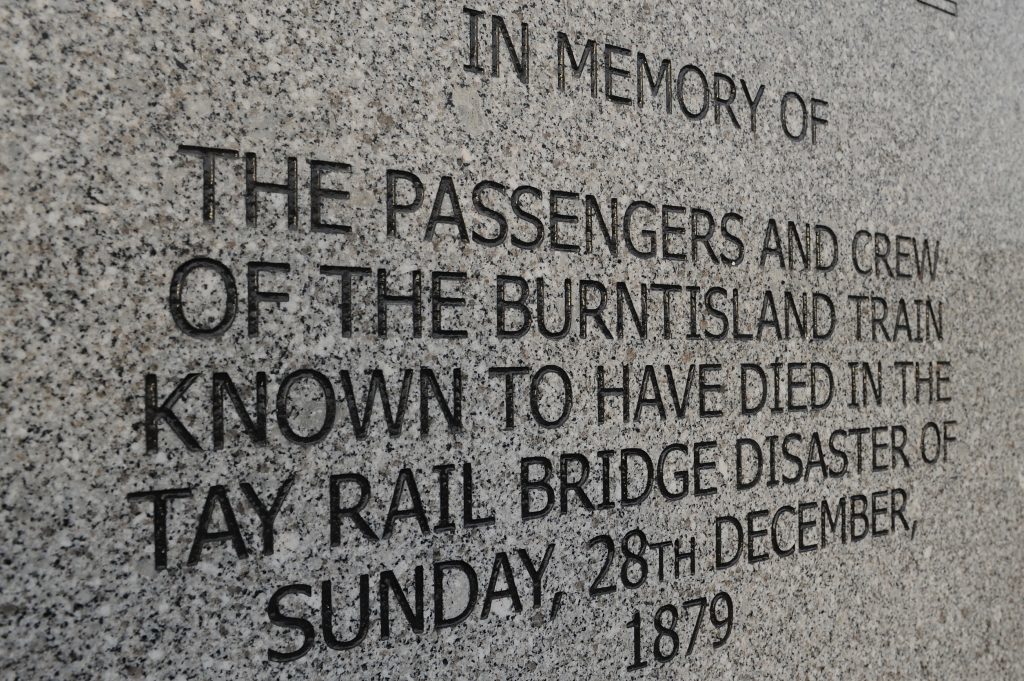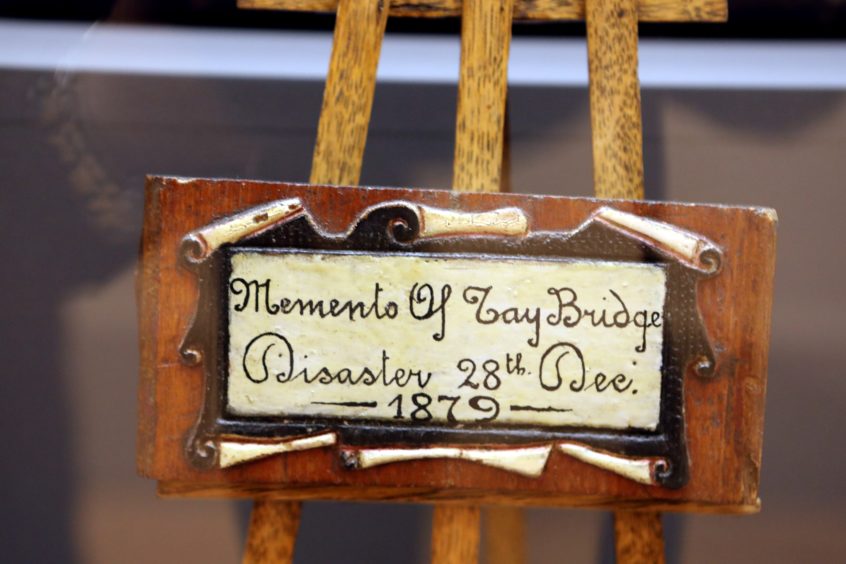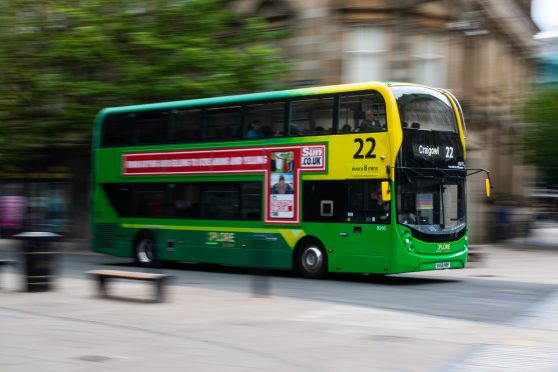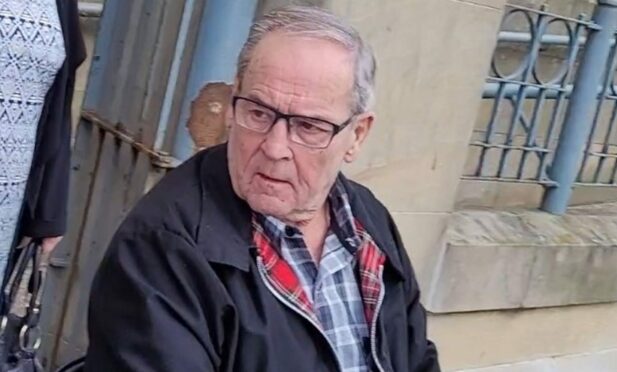The Courier’s recent coverage of the 140th anniversary of the Tay Bridge Disaster has rekindled memories about a Dundee man’s role in the aftermath of the tragedy.
Coupar Angus reader Edwin Maxwell got in touch with information about his late grandfather George Woodcock who was one of the divers sent down to look for bodies and retrieve mail bags the day after the bridge collapsed on December 28 1879.
Mr Maxwell, 84, a retired joiner who grew up in Dundee, explained how his grandfather, who was an Irish immigrant to Dundee from Belfast, once explained the grisly task of being sent to the river bed while they were out for a walk at Dundee Riverside around 1950.
“I’d be about 14 or 15,” explained Mr Maxwell, a former pupil of Dundee’s Rockwell Primary who went on to work for NCR and worked as a self-employed joiner after a spell in South Africa.
“He used to take us down Riverside Drive as a walk – he happened to mention it.
“He just told me the bridge collapsed and he got called out. That was all he said about it. But it stuck in my mind.
“I was in Perth Museum a couple of years ago and there’s a snap of a diver wearing an old fashioned diving suit. I remember thinking ‘that could be my grandfather’!
“He never said much about what he found. He was a quiet man. He was 99 when he died – an OVD rum kept him going every day! But I don’t imagine it can have been a very nice job.”
When the grand inauguration and opening of the Tay Bridge took place on Friday May 31, 1878, it was hailed by Victorian society as the “ninth wonder of the world”.
But on the night of December 28, 1879, the unthinkable happened.
Battered by a ferocious storm, the 13 ‘high girders’ of the rail bridge over the Tay estuary collapsed into the river below, carrying with them a train and all its passengers and crew. There were no survivors.
The Board of Inquiry concluded that a combination of design failures, construction and maintenance were at fault, with renowned engineer Sir Thomas Bouch officially blamed.
It’s been claimed over the years that 75 people died in the disaster. However, the memorials erected at Wormit and Riverside in 2013 contain the names of the 59 “known to have died” because only 59 death certificates were ever issued.
With 13 of the 59 bodies unrecovered, it was suggested by some authors that further bodies could have been lying in the silt of the riverbed.
But former Tay Bridge Disaster Memorial Trust secretary Ian Nimmo-White told The Courier this would have been “scientifically impossible”.
“When victims drowned, some would have been pulled seaward by the tide, and others would have sunk to the bottom,” he said. “But after a week, the latter would have filled up with gas and floated back to the surface.”
The Courier also reported how the mother of the stoker on board the train on the night of the disaster watched in horror as the lights of the locomotive disappeared into the Tay.

